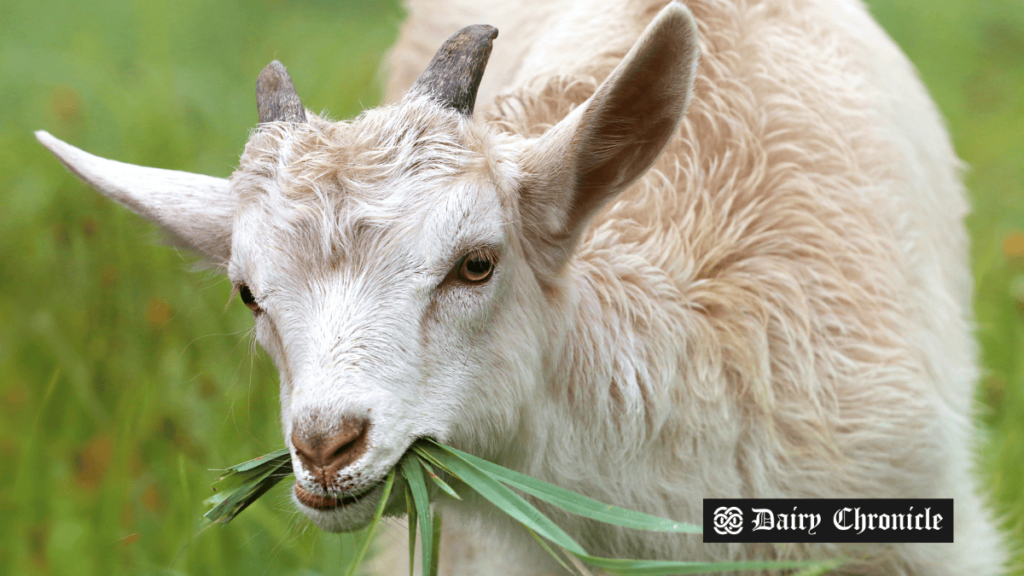Chinese researchers have developed gene-edited dairy goats with enhanced resistance to mastitis using advanced gene-editing techniques. This breakthrough, reported in Advanced Science, could revolutionize dairy farming by reducing the economic impact of mastitis through improved animal health and productivity.
Scientists in China have successfully developed gene-edited dairy goats with enhanced resistance to mastitis, a common and economically damaging disease in the livestock industry. The breakthrough research, published in Advanced Science, highlights a significant advancement in breeding strategies aimed at improving animal health.
Mastitis, an inflammation of the mammary gland caused by pathogens such as Staphylococcus spp. and Escherichia coli, is a major issue in dairy farming, leading to substantial economic losses through reduced milk production and increased veterinary costs. Traditional treatments and management practices have been only partially effective, underscoring the need for innovative solutions.
In this study, researchers from Beijing’s Institute of Animal Genetics and Breeding employed a cutting-edge regulatory sequence gene-editing approach to modify the goats’ genetic makeup. Using the ISDra2-TnpB system, they introduced genetic changes that boost the production of lysozyme (LYZ) in the goats’ mammary glands. Lysozyme is an enzyme that plays a crucial role in the immune response against bacterial infections.
The gene-edited goats showed significantly improved resistance to mastitis, evidenced by reduced infection rates and less severe symptoms compared to non-edited counterparts. This advancement not only promises to enhance the health and productivity of dairy goats but also represents a significant leap forward in genetic engineering and animal breeding.
The success of this research could pave the way for broader applications of gene editing in livestock, potentially transforming how farmers manage animal health and improving overall dairy production efficiency. The study underscores China’s growing role in biotechnological innovation and its potential impact on global agricultural practices.
This development marks a notable achievement in the field of genetic engineering and animal breeding, offering hope for more robust and disease-resistant dairy livestock in the future.



